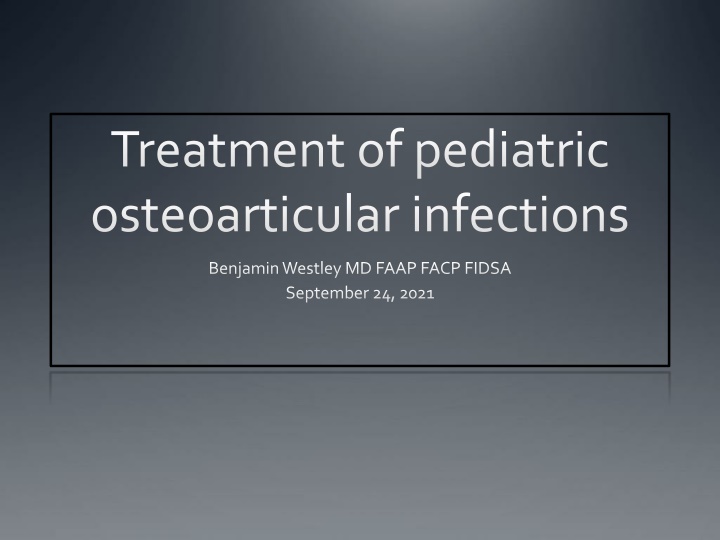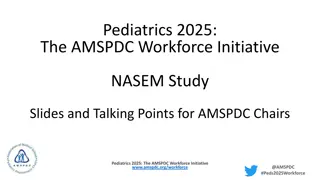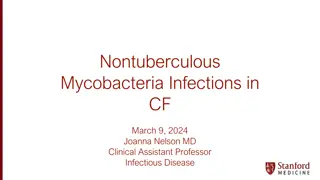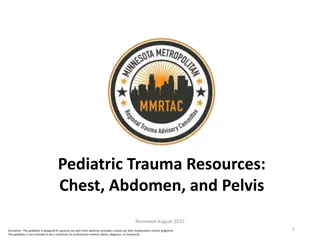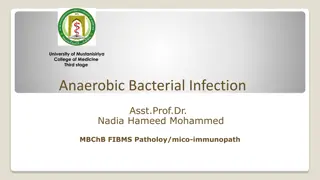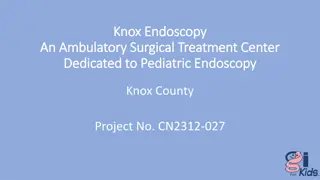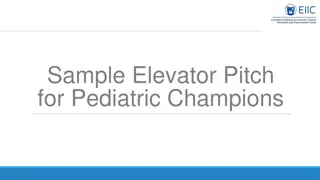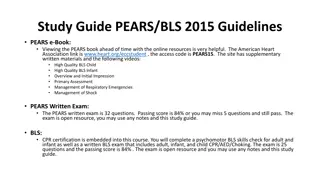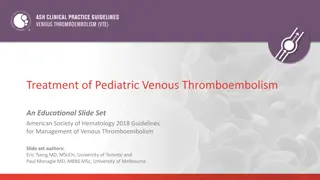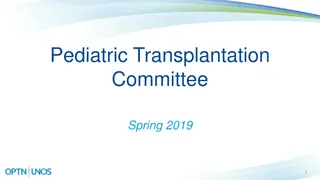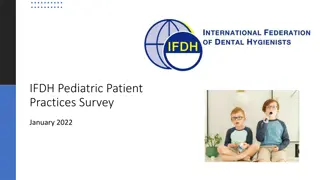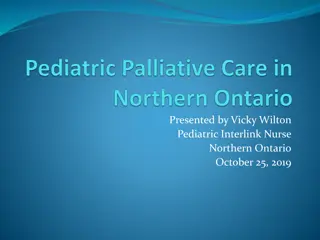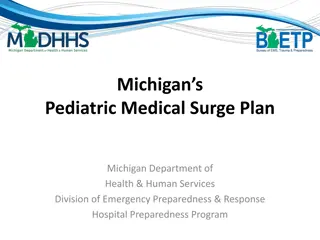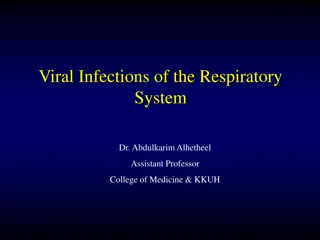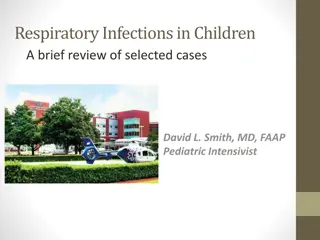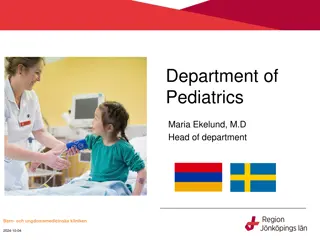Pediatric Osteoarticular Infections Treatment Guide
Treatment options for pediatric osteoarticular infections including common organisms, appropriate antibiotics, IV vs. PO therapy, oral treatment options, and follow-up recommendations. Enhance your understanding of managing these infections in children.
Download Presentation

Please find below an Image/Link to download the presentation.
The content on the website is provided AS IS for your information and personal use only. It may not be sold, licensed, or shared on other websites without obtaining consent from the author.If you encounter any issues during the download, it is possible that the publisher has removed the file from their server.
You are allowed to download the files provided on this website for personal or commercial use, subject to the condition that they are used lawfully. All files are the property of their respective owners.
The content on the website is provided AS IS for your information and personal use only. It may not be sold, licensed, or shared on other websites without obtaining consent from the author.
E N D
Presentation Transcript
Treatment of pediatric osteoarticular infections Benjamin Westley MD FAAP FACP FIDSA September 24, 2021
Organisms seen MRSA and MSSA Haemophilus influenzaea (under 5 years) Streptococcus pyogenes Streptococcus pneumoniae Kingellakingae(younger children) Rare: Brucella, salmonella, TB, E coli
Different drugs for different bugs MRSA -> vancomycin MSSA -> cefazolin Haemophilus influenzae -> ceftriaxone Group A streptococcus -> ampicillin Cultures of blood prior to antibiotics Cultures of joint fluid or bone prior to antibiotics If toxic, antibiotics should not be witheld
ANMC Pediatric Acute HematogenousSeptic Arthritis/Osteomyelitis guideline
IV vs. PO Prior to 1980s, prolonged IV therapy (6-8 weeks) common Nelson Lancet 1988: IV switch to oral effective Peltola Peds ID J 2010: Courses as short at 3 weeks for MSSA may be effective Arnold Pediatrics 2012: Use of CRP <3 mg/dL, afebrile, and able to bear weight for transition to PO >99% success If CRP does not fall below 5 mg/dL, suggests inadequate source control Exact duration of therapy not well described We use combination of clinical, laboratory, and radiographic features
Oral therapy options MRSA -> clindamycin 30-40 mg/kg/day divided TID MSSA -> cephalexin 100 mg/kg/day divided TID Group A strep -> amoxicillin 100 mg/kg/day divided TID H flu -> amox/clav100 mg/kg/day divided TID Multiple considerations for swap to PO and drug selection Consult pedsID provider
Treatment follow up CBC, ESR, CRP at 3 weeks (and 6 weeks if OM) XR at end of therapy to confirm no e/oongoing bone infection or r/ounrecognized OM Small % of OM may have normal MR at time of acute presentation ESR <20, CRP <1 at time of abxwithdrawal >99% success Coordination between orthopedics, pediatrics, and pediatric ID essential to ensure medication compliance and adequate follow-up
Risks if treatment failure All very rare in modern antimicrobial era Avascularnecrosis Pathologic fracture Growth plate injury, limb length discrepancy DVT/septic thrombosis Vertebral body kyphosis/collapse Relapsed infection/chronic OM
References Arnold Infect DisClinN Am 29 (2015) 557 574 PeltolaClin Infect Dis 2009;48(9):1201 10. PaakkonenN EnglJ Med 2014;370(14):1365 6. Peltola Pediatr Infect Dis J 2010;29(12):1123 8. SyrogiannopoulosLancet 1988;1(8575 6):37 40. Feigin Pediatrics 1975;55(2):213 23. Arnold Pediatrics 2012;130(4):e821 8. ZaoutisPediatrics 2009;123(2):636 42.
